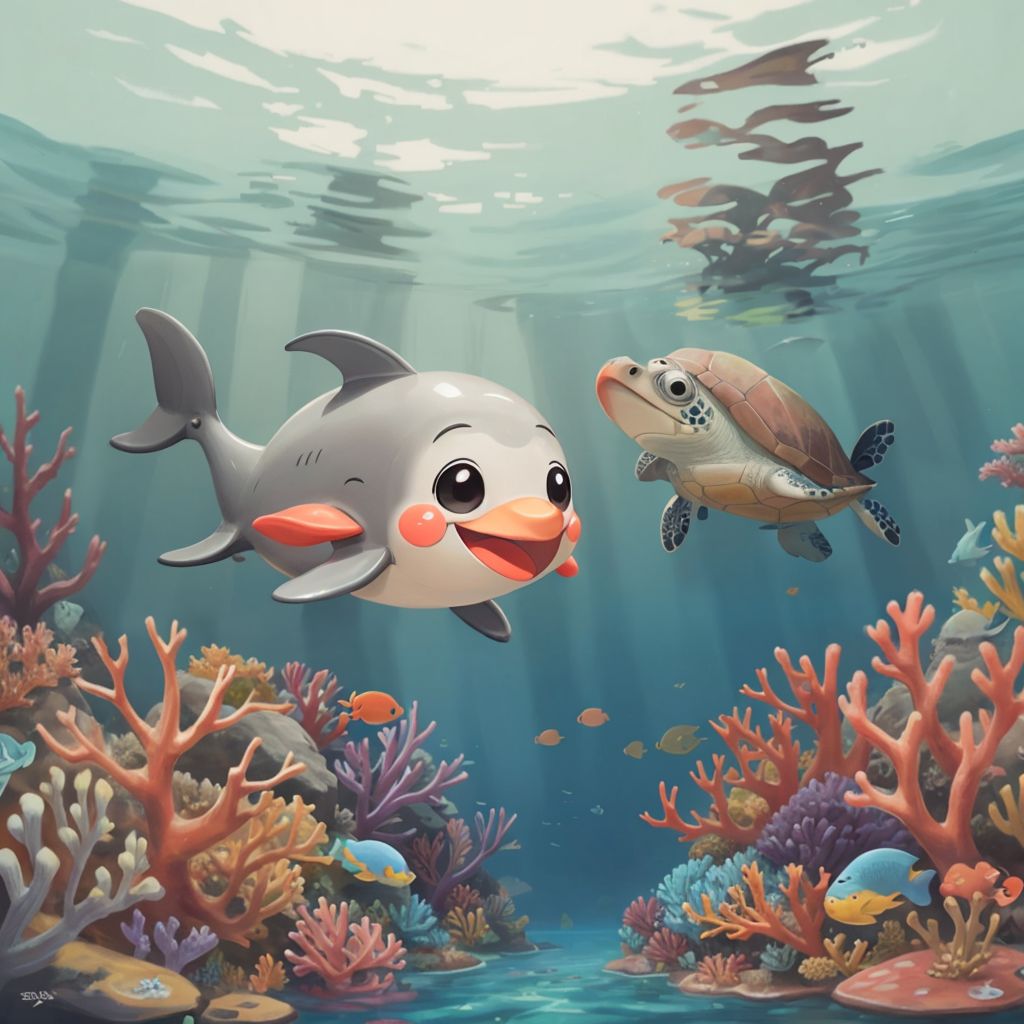

Recommend
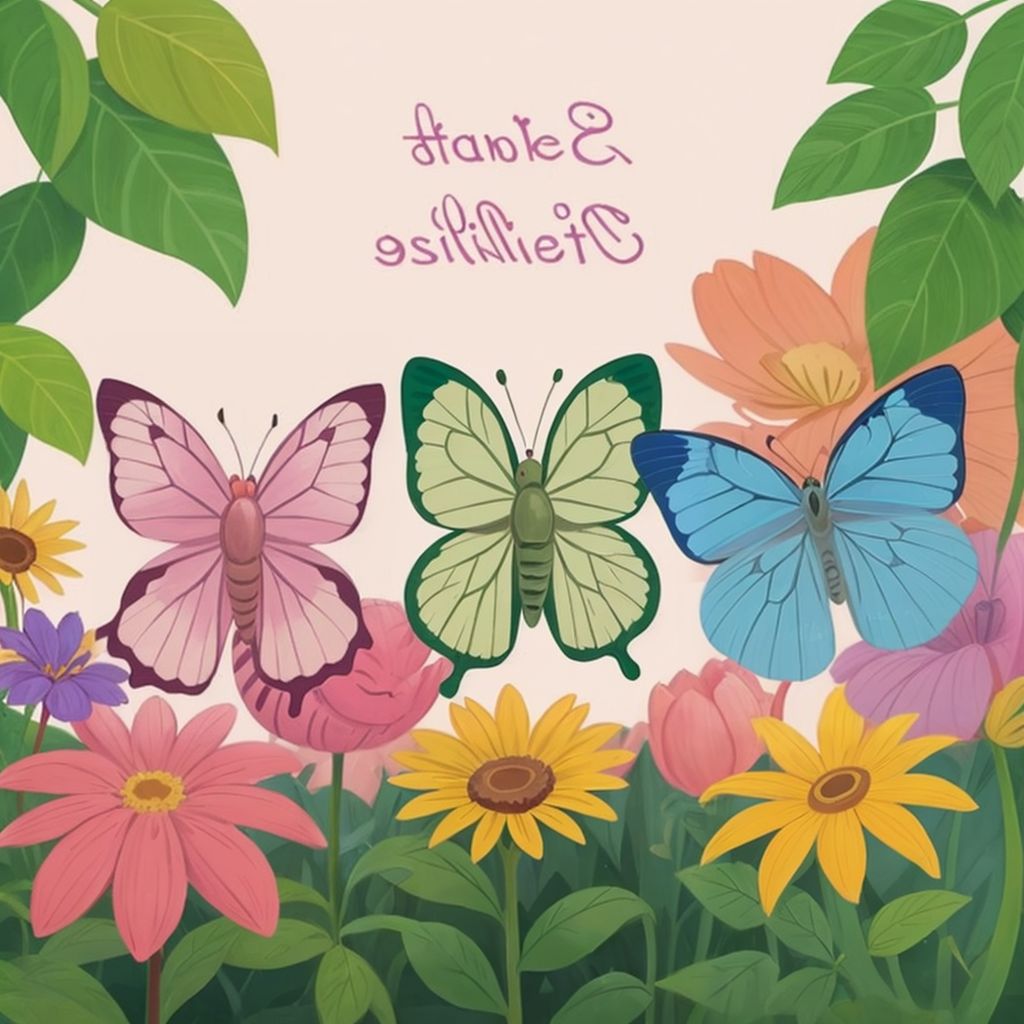
Illustration: A sunny meadow with flowers and the three caterpillars together. *Text:* In a garden so bright, where flowers sway, Lived three little caterpillars who danced every day. With adventures ahead and challenges too, Their story unfolds, just waiting for you. --- *Page 1:* Illustration: The twin caterpillars playing while their older sister watches. *Text:* Two twin caterpillars, so lively and spry, With their older sister, they laughed as they tried. --- *Page 2:* Illustration: The caterpillars facing a big storm. *Text:* But one day a storm came, dark clouds filled the sky, They huddled together, with worried hearts high. --- *Page 3:* Illustration: The caterpillars journeying through the rain. *Text:* Through raindrops and puddles, they ventured with care, Supporting each other, their bond was so rare. --- *Page 4:* Illustration: The caterpillars meeting a wise old butterfly. *Text:* Then they met a butterfly, wise and so bright, He said, “You will transform, just wait for the light.” --- *Page 5:* Illustration: The caterpillars preparing for their transformation. *Text:* With hope in their hearts, they felt something new, Together they’d change, their dreams would come true. --- *Page 6:* Illustration: The caterpillars in their cocoons. *Text:* In cozy cocoons, they nestled so tight, As magic surrounded them, day turned to night. --- *Page 7:* Illustration: The butterflies emerging from their cocoons. *Text:* Soon they emerged, with colors so grand, Beautiful butterflies, together they’d stand. --- *Page 8:* Illustration: The butterfly siblings flying together in the garden. *Text:* With wings wide and bright, they soared through the air, Now a family of butterflies, their love everywhere.
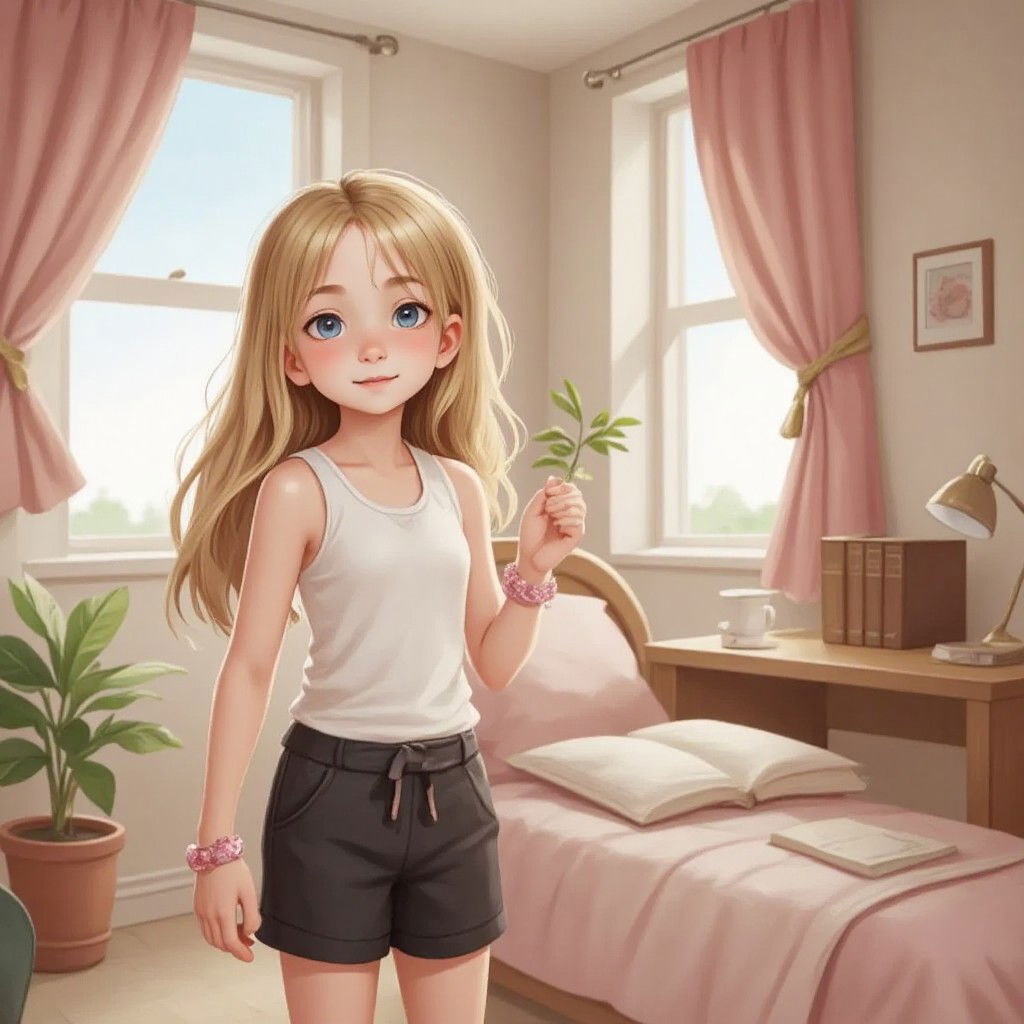
A story about a girl called Ruby who loved easter One morning when her bedroom, Ruby whispered "I wish Easter could last forever" Just then, a soft breeze fluttered through her window, carrying a scent of fresh flowers and something magical! Ruby gasped. on her bedroom floor, sat a small shimmering egg. She picked it ster bunny. "Ruby" the rabbit sup and then suddenly - CRACK! out popped whiskers the eaaid softly, "come with me on a great Easter adventure Before Ruby could eveb think, the bunny wiggled his nose- and WHOOSH! A swirl of golden light wrapped around her and when she looked down her feet were big rabbit paws! SHe had soft fuzzy bunny ears and a fluffy tail! "I'm a rabbit" she laughed The magical Whiskers grinned "come on Ruby Rabbit, We have an important job" one big bounce, they landed in a meadow filled with giant colourful easter eggs. "wow!" Ruby gasped. "what do we do?" "Deliver them of course " whiskers said. Ruby picked up an egg, but- oh! It was too heavy! "try bouncing" Whiskers encouraged. Ruby bent her knees and BOING! She bounced so high she felt like she could touch the clouds. every bounce, she placed an egg at a doorstep, leaving behind a trail of golden sparkles. They bounced though villages, over rivers and across a rainbow bridge in the sky! Everywhere they went, laughter an joy filled the air. they reached the last house. A tiny rabbit peaked out the window and squeaked with delight. "you did it Ruby Rabbit" Whiskers cheered. golden light swirled around Ruby She felt floaty Her sot bunny ears and fluffy tail were gone she held a tiny golden egg. Had it been a dream? Mum called "Ruby, Breakfast!" Ruby ran downstairs. she sat to the table with Mum, jacob, aria and paul, she wiggled her nose playfully and said"I think I'll always be Ruby Rabbit" Mum, Jacob, Aria and Paul laughed, Ruby smiled. She knew the magic of Easter was real - and she would never forget her Easter Adventure
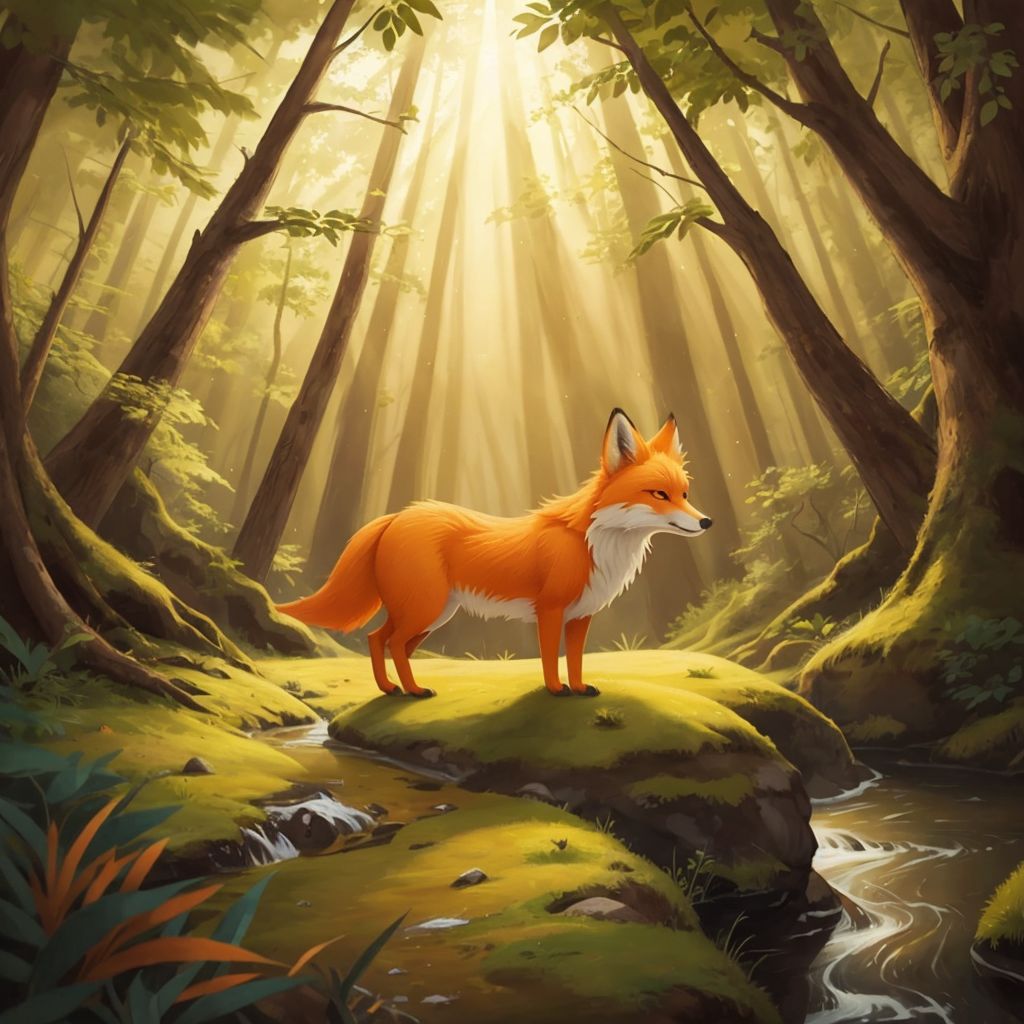
A clever Fox was thirsty and came to a River.But when the Fox tried to drink,the River spoke:"If you take too much water,the fish will lose their home."The Fox thought for a moment and drank just enough to quench his thirst. The River thanked the Fox,and the Fox Felt proud for helping nature.
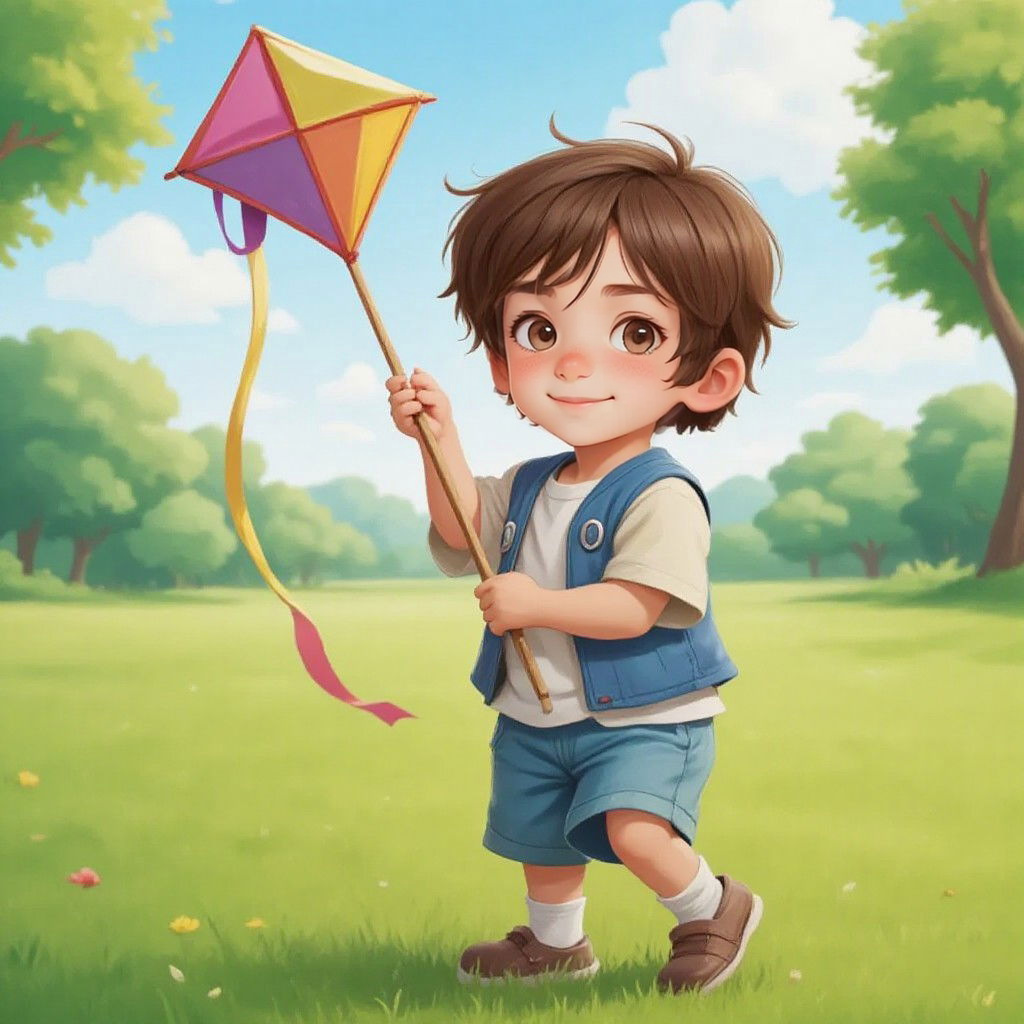
Ali and Fatima, two playful siblings, loved spending time together but often argued over toys because they didn’t like sharing. One day, during a visit to the park, they saw other kids playing happily by sharing their toys. Ali experienced the joy of sharing when a boy named Omar let him fly his kite, which inspired him to do the same. Fatima initially hesitated but later shared her train with another child, realizing how much fun sharing could be. Back home, the siblings began sharing toys, taking turns, and playing more creatively together. Their mother shared a story about the Prophet Muhammad (PBUH), teaching them that generosity brings joy and blessings. From then on, Ali and Fatima became happier, learning that sharing is a secret to making games more fun and pleasing Allah.
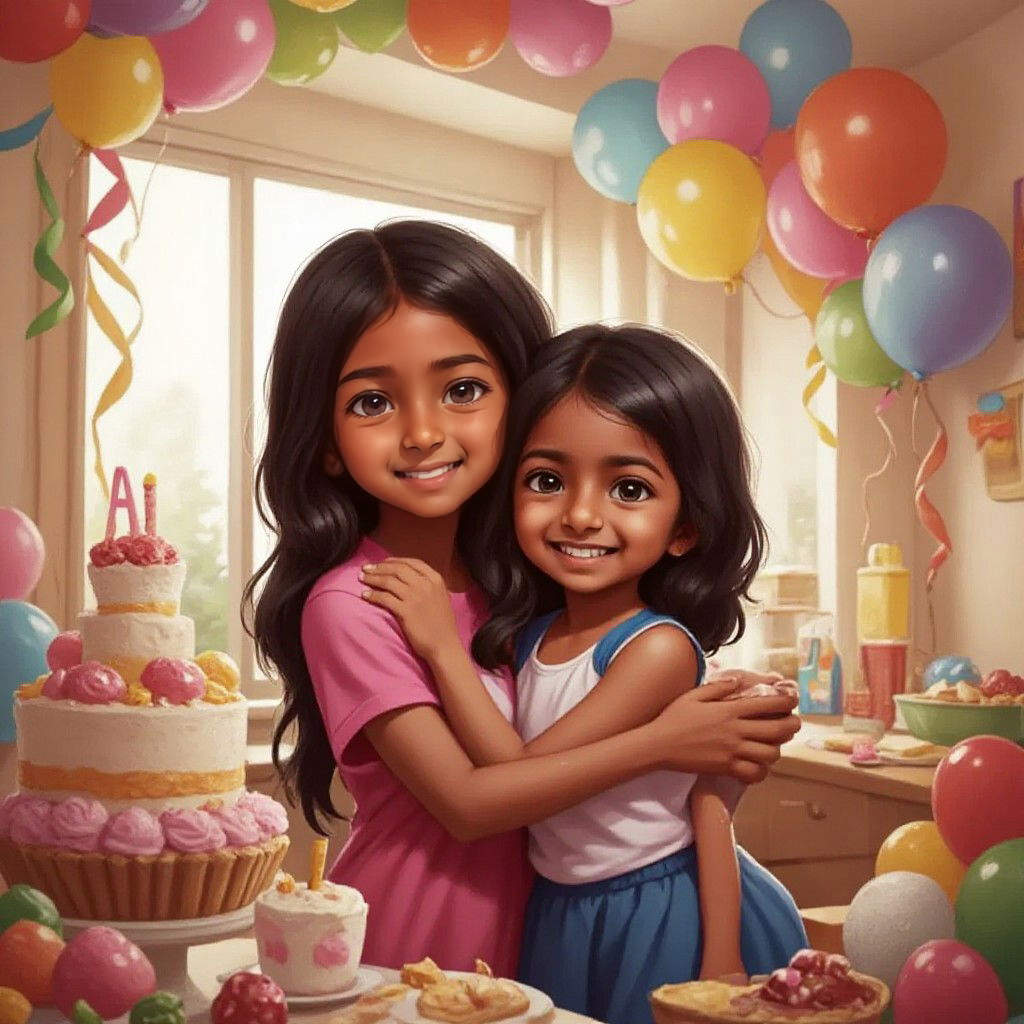
Bella was 5 years old today! Not only was she excited that it was her birthday, she was looking forward to starting school soon. "Happy Birthday Bella Boo!" shouted mom. Here is a new pink unicorn backpack for you my special girl. Bella squealed with excitement as she hugged her mom. She loved her new backpack and couldn't wait to take it to school and show her friends. She was so excited about it that she ended up playing with it at home and pretended to go on adventures carrying her backpack with her trusty sidekick Bear. Bella and her mom visited a homeless shelter later that day as it was tradition every year on her birthday. Her dad loved helping people and volunteering at the shelter. After he passed away, they tried to honor his memory on all their birthdays by handing out duffel bags filled goodies. Bella saw a Young mom and daughter. The mom was very grateful for the duffel bag. Hazel, her young daughter, was very shy and hid behind her mom and held tightly to her coat. Her face looked sad. Bella,asked what can you do to make Hazel smile? That's when she remembered Hazel's old backpack. There were holes in the backpack. Could Bella give Hazel the pink unicorn backpack she got for her birthday? Bella can use last year's backpack. No need for a new one. It's not ripped, just a little old. Bella pitched her mom the idea. That's a great idea! Your dad would be so proud of you for helping her and giving her your new backpack. What else can we do? maybe fill it with fun things? Bella's mom suggested she fill the backpack with newer or lightly used items Hazel can use to learn, to make her happy when she is sad, to calm down when she is angry, to help her when she is scared. In order to deal with her many emotions, Hazel could use different types of things. Hazel can use the books and drawing toy Bella brought back from her room. Red panda she can hug at night when she's scared. Maracas she can play when she's happy or wants to sing and dance.
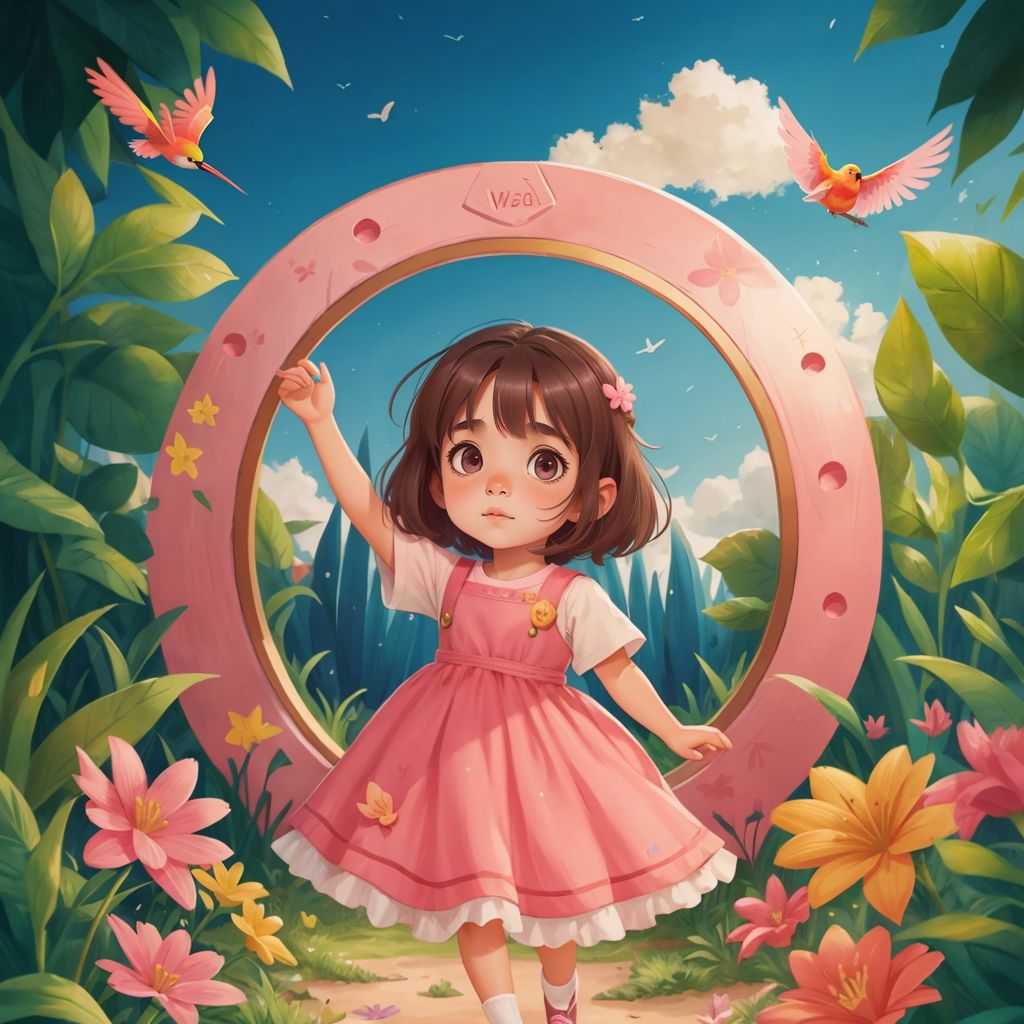
a little playful girl with pink dress whom carry a small daddy bear whom keep exploring the winder land worlds that she can jump to it through portal opened whenever to next world majestic tower , each world have its challenges and its advencher she meet new people in each world and have new experience and new stories
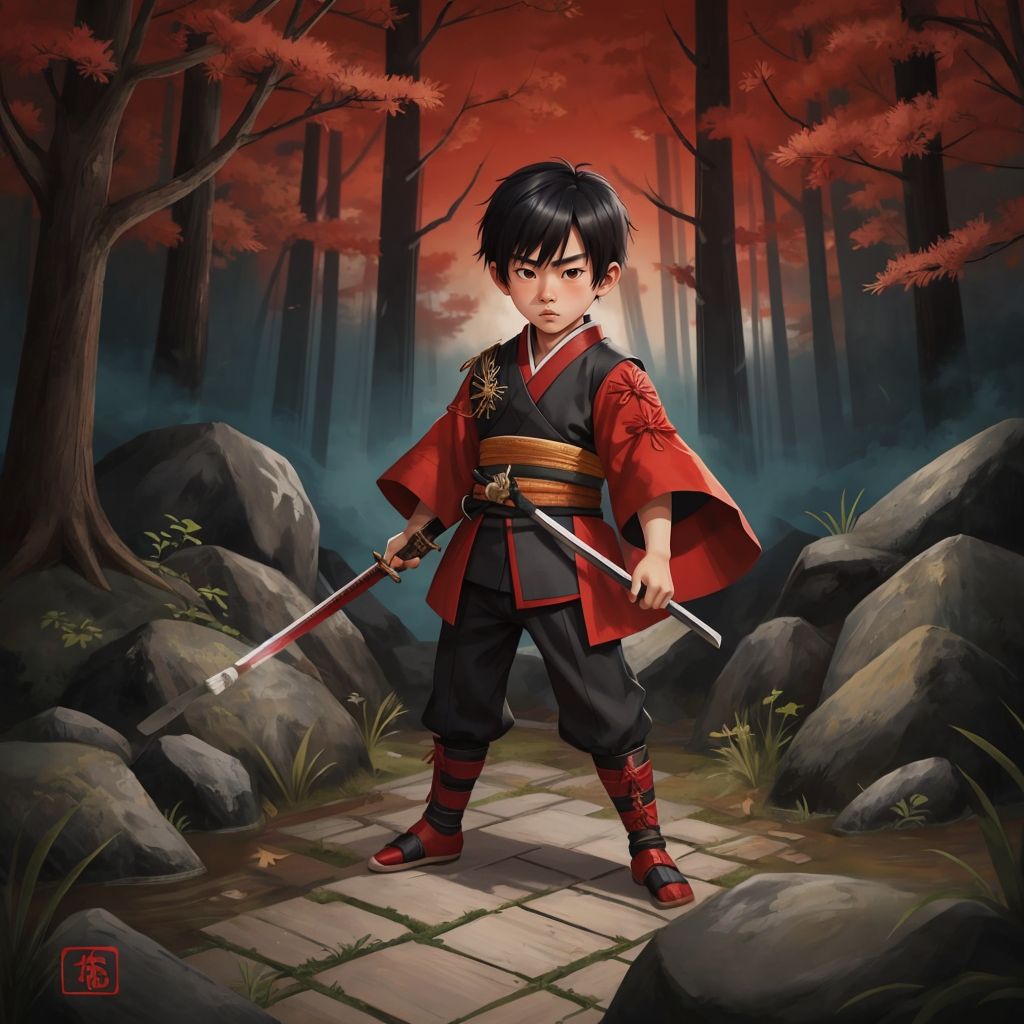
In ancient Japan, during a time of great turmoil, a young samurai named Kaito embarks on a perilous journey to find the legendary Golden Cherry Blossom. This mystical flower has the power to bring peace and harmony to the war-torn lands. Kaito encounters a wise old sensei who imparts upon him the Fifteen Guidelines of Wisdom. Kaito learns that by cultivating kindness, respect, truthfulness, and caring, he can unlock the secrets of the Golden Cherry Blossom. Kaito applies the guidelines to every obstacle he encounters, practicing forgiveness and approaching life with curiosity and courage. When he finally finds the Golden Cherry Blossom on the peak of a mystical mountain, Kaito realizes that the flower’s true power lays not in its magic, but in the values it represents. Kaito returns to his village, spreading the wisdom of the Fifteen Guidelines, and soon, the land is transformed. The people live in harmony, and the Golden Cherry Blossom's beauty is reflected in the hearts of all.
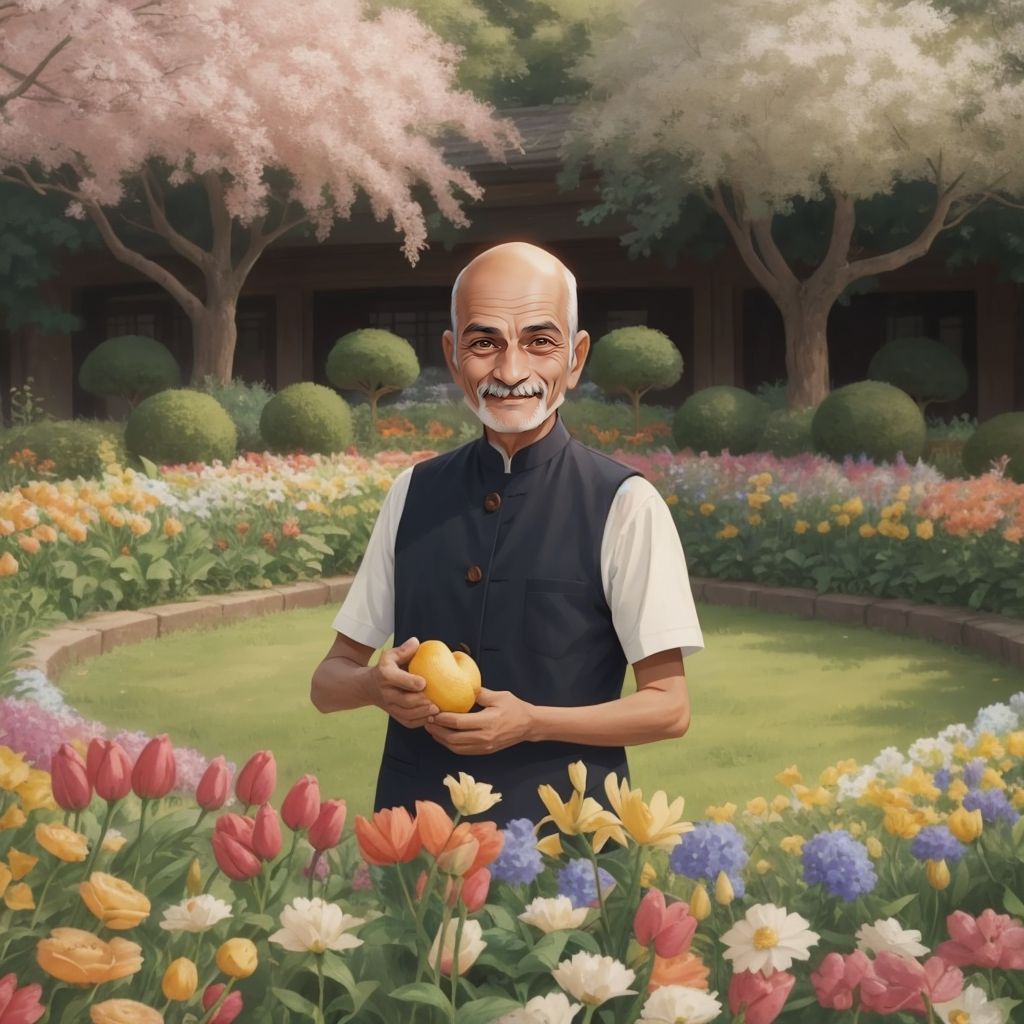
In a beautiful garden filled with flowers and fruits, a Gardener found himself overwhelmed with work. To get some help, he hired two laborers from the market. The next morning, the First Laborer arrived early and began digging holes for planting, aiming to finish his task quickly. Later, the Second Laborer arrived and, seeing the dug holes, decided to fill them back in to complete his job. When the Gardener arrived, he was shocked to find no trees planted. The laborers explained that they didn't know how to plant trees, as only the Gardener knew which trees to plant, where to plant them, and how to care for them. The Gardener realized that without his guidance, all their hard work was wasted. The story teaches that proper guidance is essential for success.

1. The story centers on a young girl and her friends who spend time at the airport after school. 2. These children have jobs and daily tasks that ensure smooth operation of the airport, named TwoHands International Airport. 3. The Maintenance Hangar, located at the rear of the airport, is operated by an older gentleman known as Uncle Jimmy. 4. A master of all aspects of airplane maintenance, Uncle Jimmy has created a space where children can work, discover, and play in a secure and nurturing setting after school.
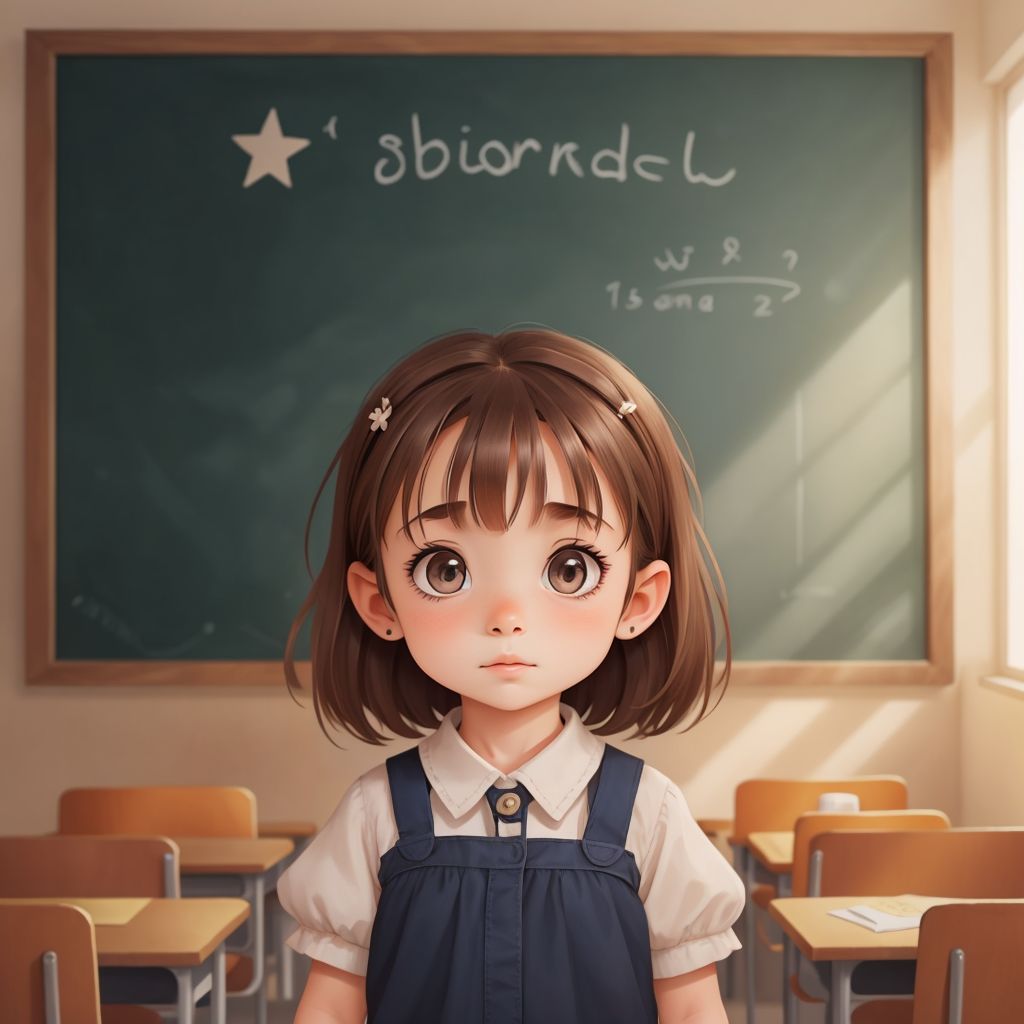
Finally friendship between three girls with very different characters.

Ramesh, a Brahmin, receives a goat as a gift and sets off for home. He encounters three thugs in a forest who try to trick him by calling the goat a dog, a dead calf, and a donkey. Despite their confusion, Ramesh trusts his own judgment and continues on his way, leaving the empty-handed thieves frustrated.

Let there be teddy bears working in a factory that produces colorful clouds

In this fairy tale, there should be fantastic animals. It's a story about how a mother told her daughter a bedtime story about the mysterious forest and the incredible animals that live there.
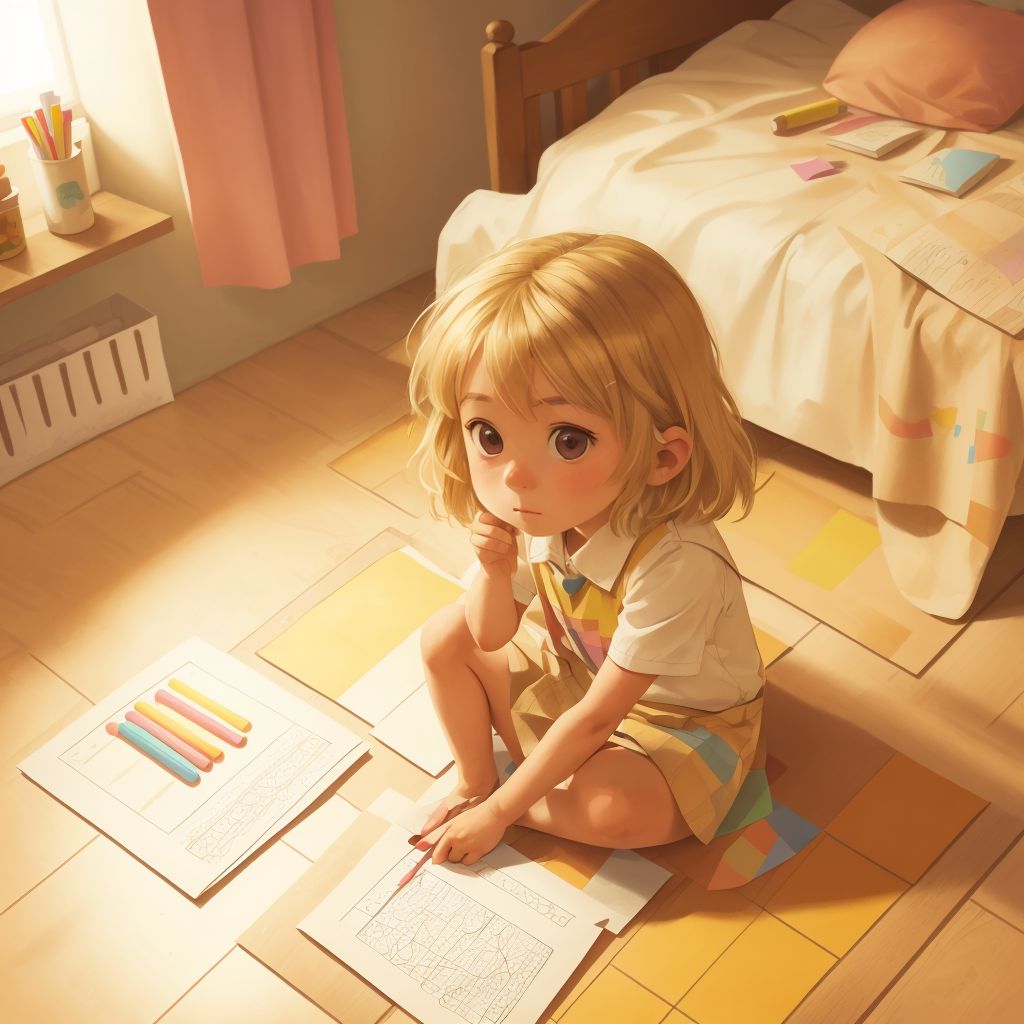
Once upon a time, there was a little girl named Lily. Lily loved to explore the world around her, but sometimes, she felt a little confused about her feelings. One day, she decided to learn all about her feelings.
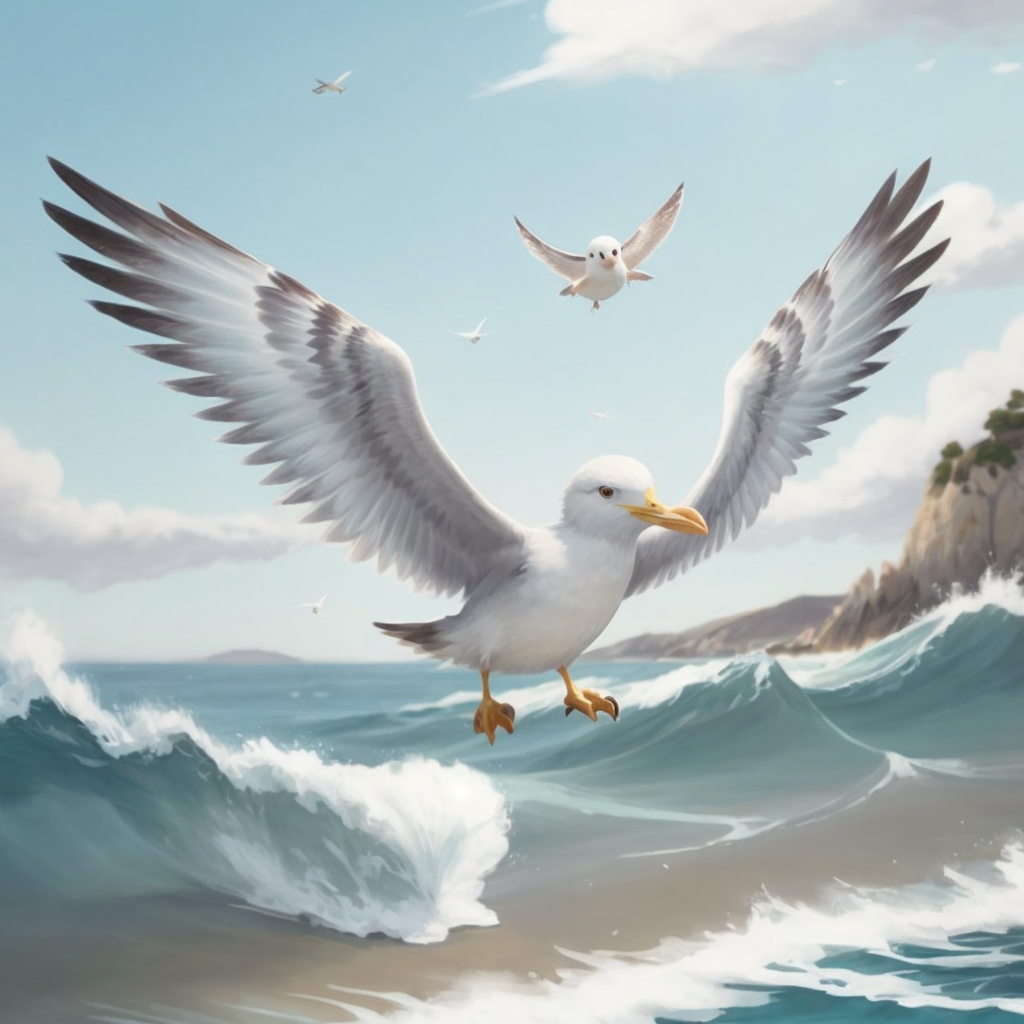
It was a beautiful day in Monterey Bay. a baby seagull and an otter chase each other in and out of the waves. the otter seemed annoyed, but then begins to share his lunch with the seagull because he was hungry and couldnt find food. unlikely friends take care of each other and otter swims away with family. make this a rhyming book.
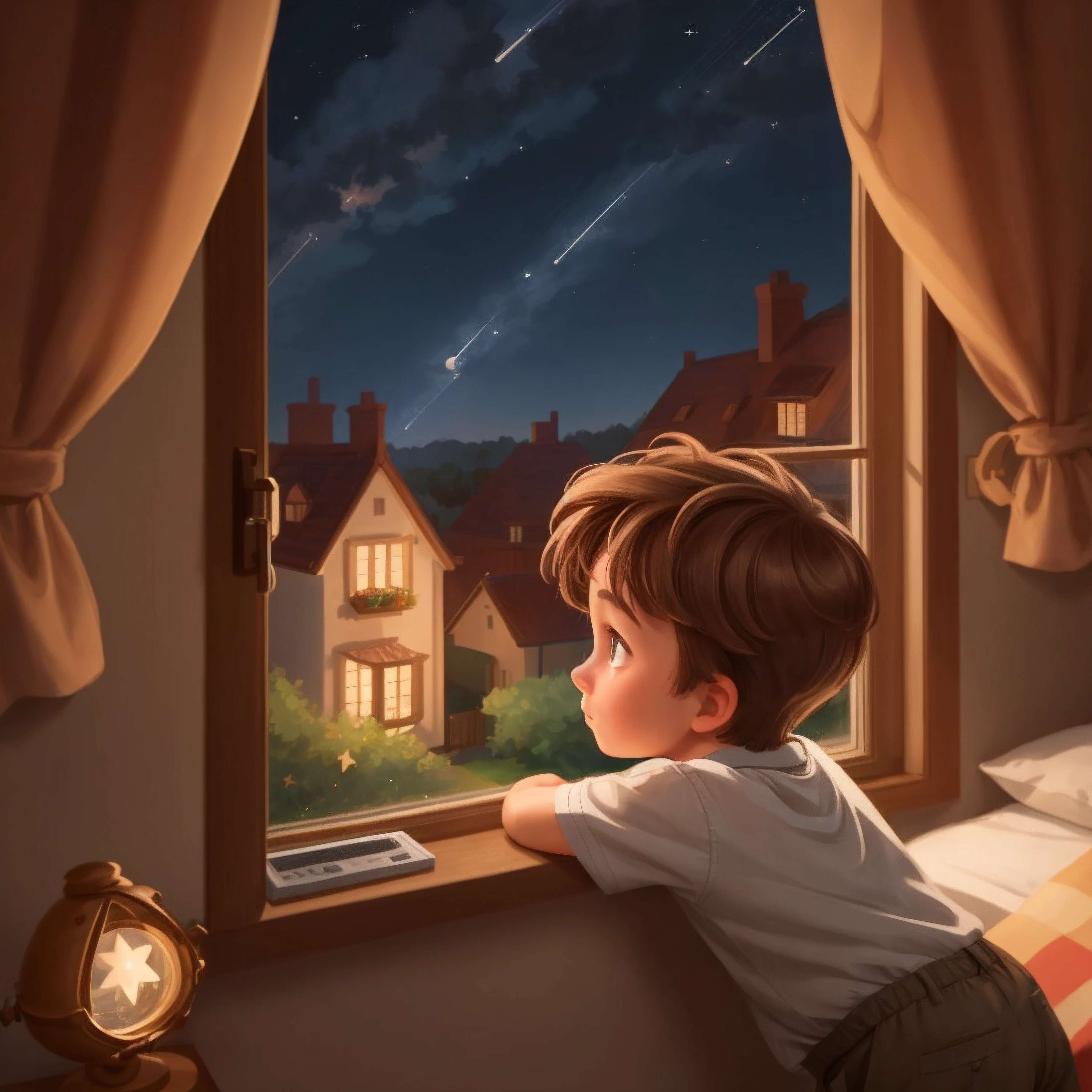
un bambino di 7 anni che sogna di andare nello spazio: Titolo: "Leo e il Giro dei Pianeti Magici" --- **Capitolo 1: La Notte del Grande Desiderio** **Capitolo 2: L'Arrivo della Nave Spaziale Incantata** **Capitolo 3: L'Avventura su Mercurio e l'Incontro con Flippo** **Capitolo 4: I Giardini di Venere e Lulu la Lucertolona** **Capitolo 5: La Festa di Marte con i Marsiballi** **Capitolo 6: Il Mistero dei Gioielli di Giove** **Capitolo 7: La Biblioteca Galattica di Saturno** **Capitolo 8: Gli Amici di Urano e L'Orchestra del Vento** **Capitolo 9: Il Sogno di Nettuno e la Balena cosmica Capitolo 10: Il Ritorno a Casa e il Tesoro delle Stelle

Adventures of a child growing up with his grandparents, the grandparents raised him as there own son,
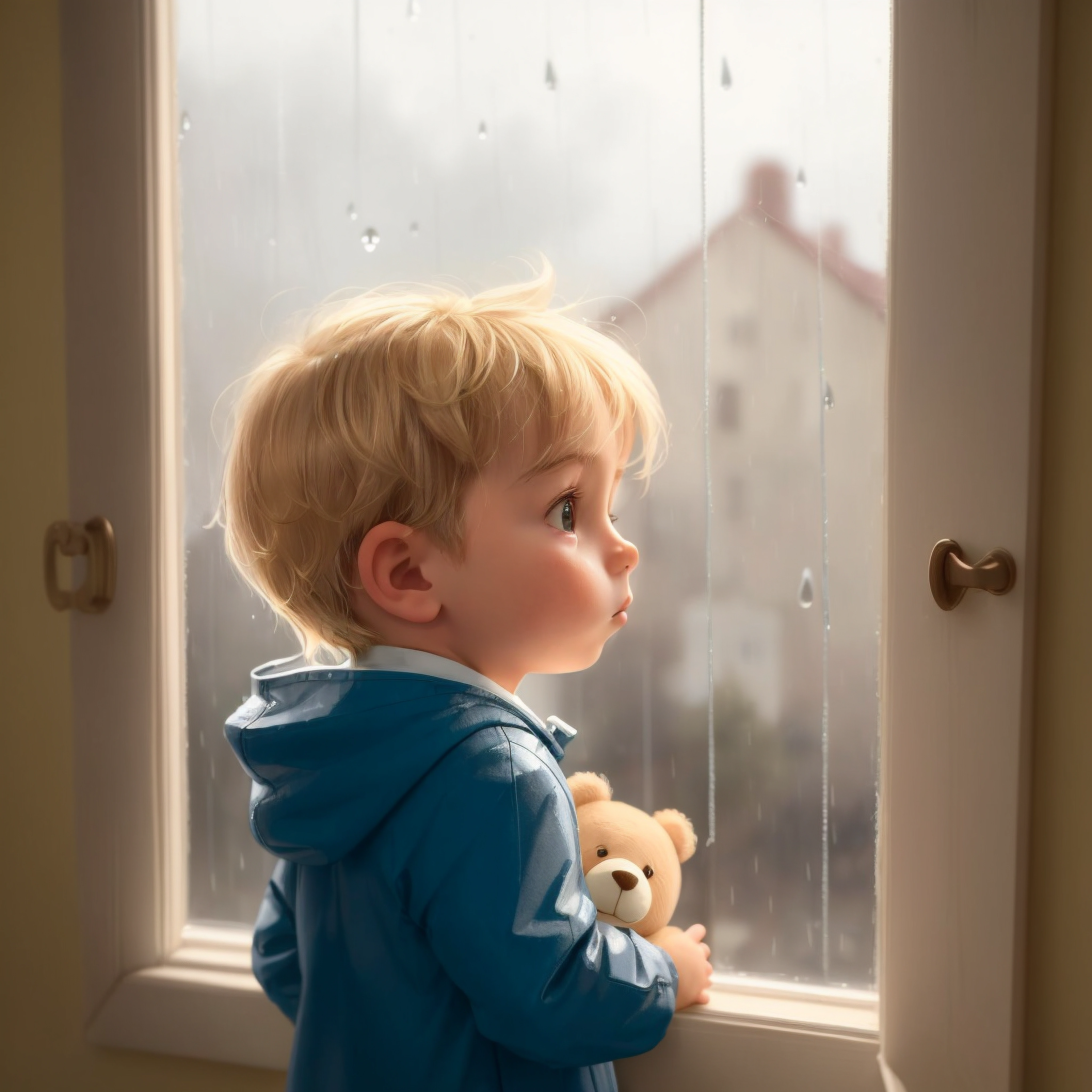
A little boy named Sammy lives in cute neighborhood with his bestfriend, who's a teddy bear, named Sunny. Sunny Helps teddy handle Sammy's emotions. Sammy feels different emotions each day. He feels sadness one day when it's raining. Sunny helps he feel less sad. The next day he feels anger. Sunny is there to help him explain how to handle his anger. The next day he feels frustration when he cant complete his homework. Sunny tells Sammy to have his parents help him with his homework so he isn't so frustrated. The next day when Sammy is worried Sunny tells him its okay to be worried but gives him positive things to look forward to. At the end of the book Sammy and Sunny are playing outside on a summer day and Sammy thanks Sunny for helping realize his emotions and how to handle them.
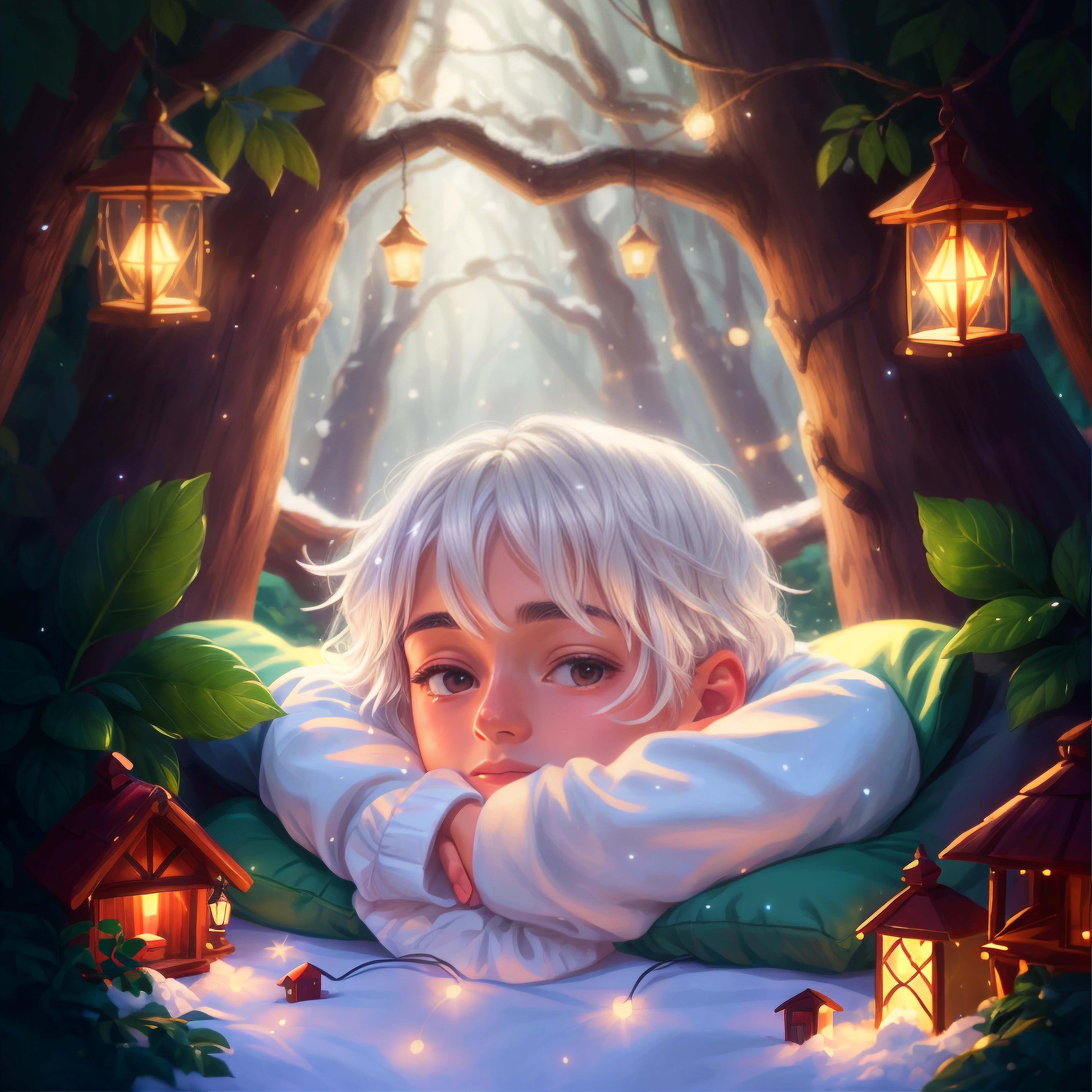
A story about a retail establishment that pushes to build community by bringing together diverse groups of people with a common goal to heal the earth and the soul with the beauty of the Cannabis Plant
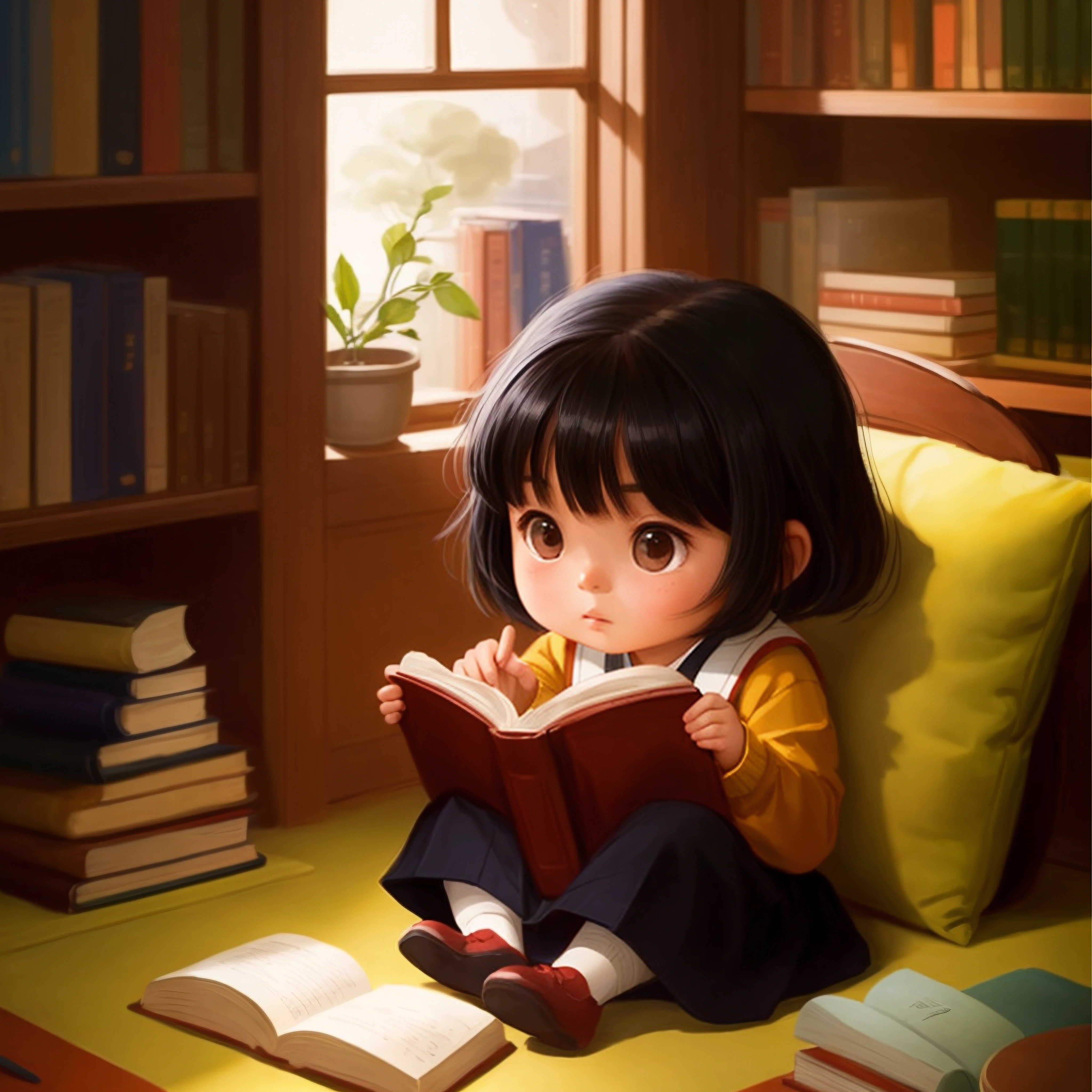
1. The young Filipina girl with a black hair is happily reading together her Classmates. They are wearing uniform in green skirt and white blouse while her male classmate is wearing a brown pants and white polo. 2. The young Filipina girl is in Tondo Manila she's in a busy market street of Divisoria in the Philippines. Currently, she's helping her mother in selling some mango and apple. The young Filipina girl is in Tondo Manila she's in a busy market street of Divisoria in the Philippines. Currently, she's helping a blind old woman in crossing the street
